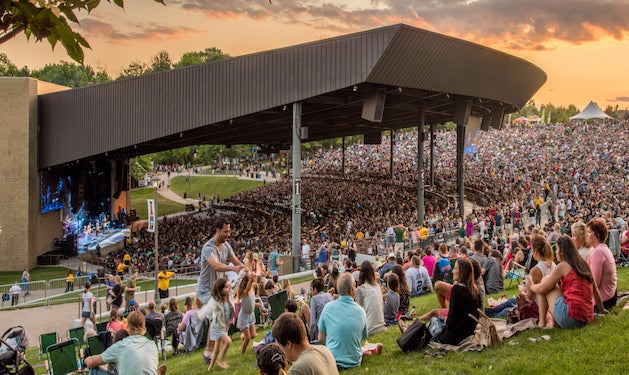At Bethel Woods Center for the Arts, legacy is a multifaceted term. It defines our unique place in history, characterizes the Sixties, and influences our not-for-profit mission to inspire, educate and empower through the arts and humanities. When thinking about the lessons, leaders, and events of the ‘60s, it is difficult to think of the decade without legacy.
Legacy can be defined as anything handed down from the past, as from an ancestor or predecessor. This definition brings to mind many names such as John F. Kennedy, The Beatles, Malcolm X, Betty Friedan, Bob Dylan, Fidel Castro, Jimi Hendrix, Richard Nixon, and other leaders of influence who contributed to the Sixties legacy.
Dr. Martin Luther King Jr, one of many leaders of the Civil Rights Movement, outlined the roadmap for racial equality and remains a catalyst for civil rights in America. His legacy has left teachings of inspiration, social change and creative solutions to challenges that remind us the fight for equality is constant and all legacies are to be honored and developed from.
In honor of his legacy, it is our obligation to provide multiple perspectives and fuller knowledge of African American histories and their contributions to the world, along with other household names and unsung heroes. Students have responded to these legacies by asking one critical question of themselves: What legacy do I want to leave?
This question has manifested, just as the term legacy has, multidimensional responses to the legacy of Dr. King and his impact on current social issues. In our Explore the '60s program, some students have answered this question by expressing their frustration with incarceration rates of youth and minorities through protest posters to display in school. Some designed logos to fight animal abuse in their local area, and others created a devised theater piece to stop cyber bullying inspired by Dr. King’s nonviolent strategies.
A group of teenagers brought to life a school organized peace movement that incorporated promoting peace wherever they went and snapping a photo to visualize its impact. This fun, technology driven method was not a direct tactic of Dr. King’s, but his legacy to motivate and mobilize groups for positive social change was absorbed and adapted to support today’s technology driven world. It is truly remarkable how innovative, honest and authentic these representations of truth were and how they have come to define these students’ own legacies.
Images above are featured in the upcoming Special Exhibit at The Museum at Bethel Woods -
Rights, Race & Revolutions: A Portrait of 1960s America by Grey Villet.
As we take Dr. Martin Luther King Jr. Day as a time to reflect, think about your legacy. Just think, what legacy do I want to leave?
Sources:
Teaching Tolerance: http://www.tolerance.org/
The King Center: http://www.thekingcenter.org/about-dr-king
The National Archives: http://www.archives.gov/
